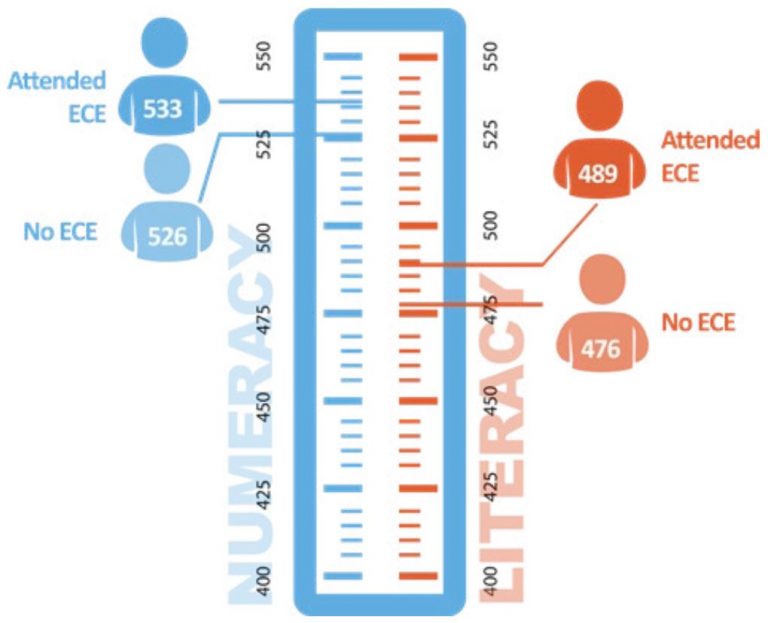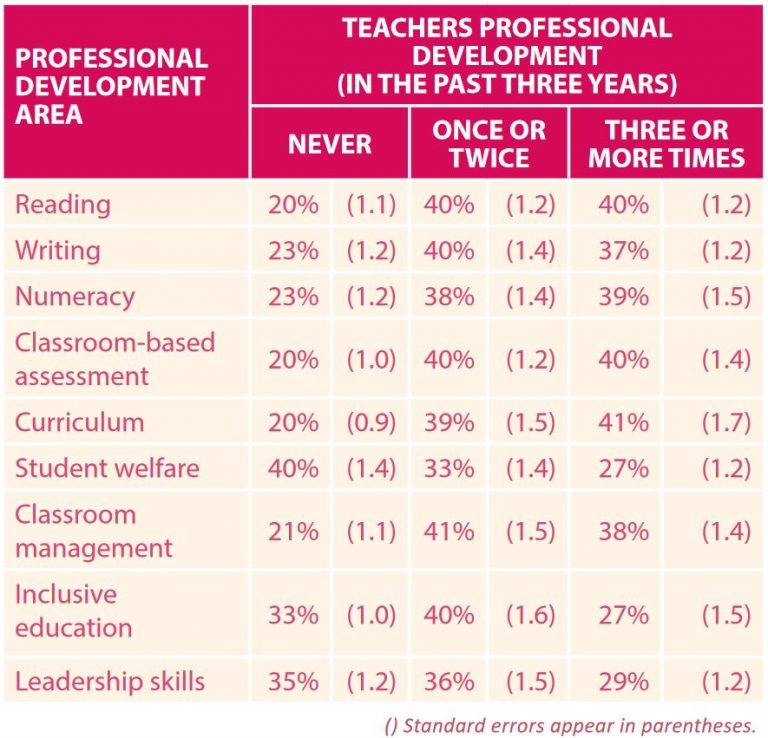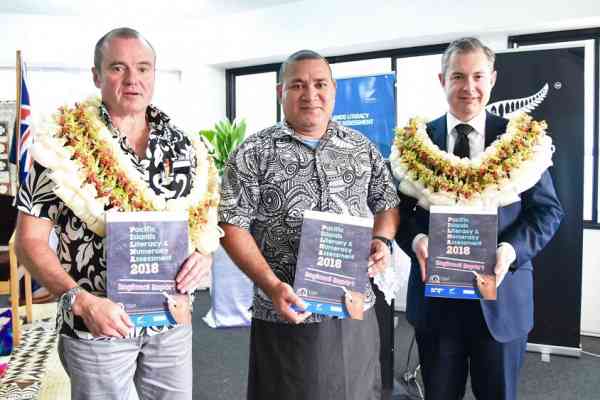The original blog can be found at https://devpolicy.org/results-are-in-the-state-of-literacy-and-numeracy-in-the-pacific-20200213/
A recent study has found that the literacy and numeracy skills of primary school students across the Pacific have improved. The 2018 Pacific Island Literacy and Numeracy Assessment (PILNA) was a huge collaborative exercise across Pacific island countries to find out just how well primary children in the region are reading and counting against minimum expected proficiency levels.
PILNA 2018 comprised over 7.5 million individual data points with more than 40,000 students, 2,000 plus teachers and upwards of 900 schools across 15 countries involved. PILNA 2018 was administered in 10 languages with over 500 teachers, ministry officials and other officers from the participating countries involved in the development, administration and coding of the assessment.
The Pacific Community (SPC) led the work under its Educational Quality and Assessment Programme (EQAP), with strong technical support from the Australian Council for Educational Research (ACER). The Australian and New Zealand governments provided funding through their international development programs.
The regional results are now out – what do they show?
PILNA 2018 shows that 53 per cent of Year 4 and 63 per cent of Year 6 students met or exceeded minimum expected proficiency levels in literacy. These figures represent increases since the first round of PILNA in 2012 when only 43 per cent of Year 4 and 48 per cent of Year 6 students met or exceeded minimum expected proficiency levels.
In numeracy, PILNA 2018 results show 83 per cent of both Year 4 and Year 6 students met or exceeded minimum expected proficiency levels. These figures also represent increases since the first round of PILNA when 74 per cent of Year 4 and 57 per cent of Year 6 students met or exceeded minimum expected proficiency levels in numeracy.
A look at the 2012, 2015 and 2018 mean scores by country, when compared to the 2015 regional mean, illustrates the trend towards increased performance across the region in both literacy and numeracy.
Overall results

Gender
PILNA 2018 results also show that girls outperform boys in both literacy and numeracy: 80 per cent of boys and over 86 per cent of girls met or exceeded minimum expected proficiency levels in numeracy.
In Year 4 literacy, 46 per cent of boys met or exceeded minimum expected proficiency levels as compared to 60 per cent of girls. In Year 6, 55 per cent of boys and 74 per cent of girls met or exceeded minimum expected proficiency levels in literacy.
Proportion at or above the minimum expected proficiency level

Low/High proficiency rates, by gender

Behind the numbers, the assessment was also able to gather data on some key education criteria.
Student questionnaires revealed that 79 per cent of students across the Pacific region have been involved in some form of pre-primary education. Some positive association was found between attendance in early childhood education (ECE) programs and performance in the literacy and numeracy assessments.
Mean achievement score of students with or without attending an early childhood education program

Source: PILNA 2018
Association was also observed between performance in literacy and numeracy and the involvement of caregivers in students’ education. 44 per cent of students reported high levels of caregiver support – for those students, mean scaled scores in literacy were 20 points higher than those of students who reported lower levels of caregiver support.
Student attitudes towards reading, writing, numeracy and school in general were also measured, with positive attitudes widely expressed by students across the region.
Teacher skills and classroom resources
Questionnaire results showed that the most commonly held qualification for both school leaders (36 per cent) and teachers (49 per cent) is a diploma. The responses also showed that, although professional development has been provided to many teachers, as many as one in five of the students assessed were in classrooms where teachers had not participated in a professional development program on reading (20 per cent), writing (23 per cent) or numeracy (23 per cent) in the past three years.
Percentage of students whose teachers attended professional development in the previous three years

Source: PILNA 2018
In terms of teacher practice, very high proportions of teachers responded positively to questions about lesson planning, assessment and providing individual feedback to students. Teachers also responded positively to questions about adequate time to teach reading, writing and numeracy. At the same time, 35 per cent of teachers reported they did not have sufficient time to support the needs of diverse learners.
Learning resource availability ranged widely across the region. Approximately 40 per cent of students had access to textbooks individually (one text to each student). Worryingly, over 30 per cent of students attended schools where either only the teacher had a textbook (25 per cent) or there were no textbooks at all (8 per cent).
In responding to barriers to student learning, school leaders identified shortages of instructional materials, as well as shortages of teachers, underqualified teachers, and teacher absenteeism as factors hindering instruction for students.
Next Steps
PILNA 2018 greatly advances our understanding of educational outcomes in Pacific island education systems. The analysis of trends over the three cycles of PILNA (2012, 2015 and 2018), together with the contextual and coding information collected for the first time in 2018, has the potential to enable policymakers to make informed, evidence-based decisions about how to improve the learning outcomes of students across the Pacific region.
Thank you to all those across Pacific island countries for their tireless work, and their wonderful engagement with PILNA to make this work. The Pacific Community (SPC) is currently working with countries on their country-level results to better understand the numbers. From here, countries can publish their data for broader discussion.
Want to find out more? Download the PILNA 2018 regional report here.




